From the high-quality insulation of the construction object - whether it be a multi-story residential building, a civilian object or a country cottage - its further viability literally depends. A competent choice of insulation and its professional installation determines the microclimate inside the building, and therefore what the costs of internal heating and air conditioning will be. Today, the Russian market offers a choice of both traditional and innovative materials.
Types of insulation
For Russian builders, both private and industrial, the most common heaters are mineral wool and polystyrene foam. These are inexpensive materials with a known set of shortcomings, more or less solved with the help of competent installation.
- Mineral wool is too afraid of moisture, eventually shrinks and deforms.
- Expanded polystyrene, including extruded, is flammable and emits toxic toxins during combustion.
- Polyurethane foam also has its own characteristics: for its installation special equipment is needed and it is good only for internal insulation.
These shortcomings are reconciled, justifying the use of familiar materials by their cheapness, accessibility and generally accepted application practice.
But there is a drawback that cannot be fixed in any way: all these materials do not last long, only 10-15 years, after which the insulation must be re-mounted. How to understand that the insulation is gradually losing its thermal insulation properties? Compare: how much electricity you spent on heating in the winter and air conditioning in the summer, when you just built a house, and how much you are spending now. If you saved on thermal insulation, your costs are likely to increase significantly.
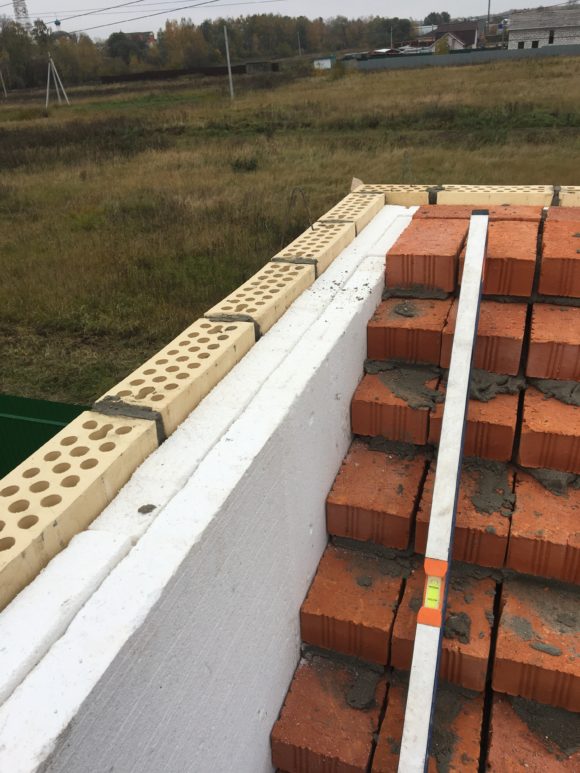
In Europe, Canada and the United States, more than half a century ago, a breakthrough was the invention of foam glass, which is now universally used in residential, industrial and communal construction: for warming private cottages and townhouses, country houses and low-rise condominiums, airports, high-rise buildings, business and exhibition centers, hotels, thermal power plants and other civilian facilities.
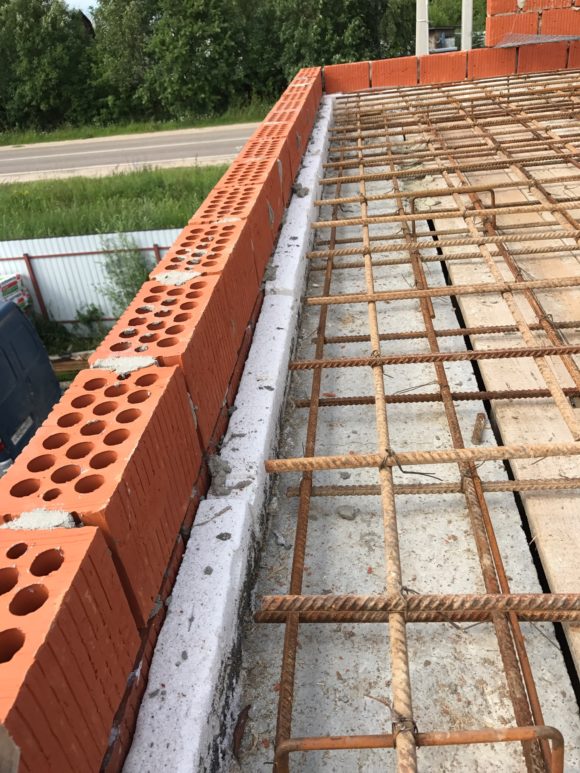
In Russia, foam glass is rarely used - due to the high cost and complex production process that affects the final cost. For those who do not save on thermal insulation, foam glass has so far remained the only option that has almost no drawbacks: it is environmentally friendly, safe, not combustible, has high strength, does not pass water, does not emit toxic substances and is very durable (it serves 70-100 years without losing shape and insulating properties). The only flaw is the lack of vapor permeability, due to which moisture remains inside the structure. However, technically sophisticated production still does not allow to reduce the price, so the Russian consumer prefers cheaper, although less reliable options.
Nevertheless, the search for the perfect insulation continues. It is pleasant to realize that it was in Russia that an innovative development appeared - a new modification of foam glass, which was called ETIZ Steamglass. It was our, Russian, craftsmen who were able to come up with new material that turned out to be better and cheaper than foam glass. The novelty is patented by Russian scientists and is produced by ETIZ LLC in the Yaroslavl region.
What is its difference from ordinary foam glass?
First of all, the method of production of the material was changed: if foamglass is obtained from broken glass by baking at high temperatures, then steamglass is the result of foaming of silicate glass.Subsequent curing occurs at relatively low temperatures, about 27-40 ° C, as a result of the removal of water and an increase in the viscosity of the solution. In addition to the unique composition, the know-how of ETIZ steam glass is to use a stabilizer that allows you to control the time of the chemical reaction from the foam state to a rigid porous structure.
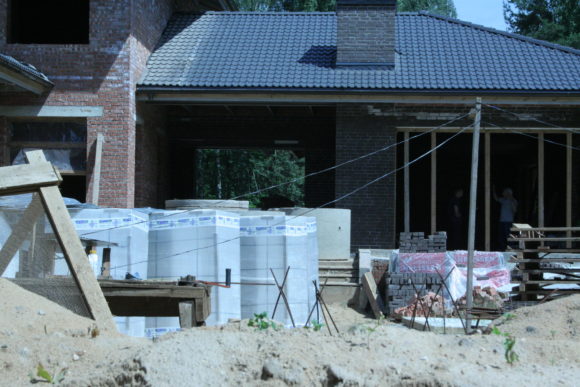
The quality of the material is improved due to the open-porous structure, which allows the entire structure to “breathe”, which is extremely important for creating a healthy indoor microclimate, especially when it comes to a residential building. According to its characteristics and structure, ETIZ steam glass resembles a strong and light shell that breathes and at the same time is ideal protection against noise, cold and temperature changes inside the room.
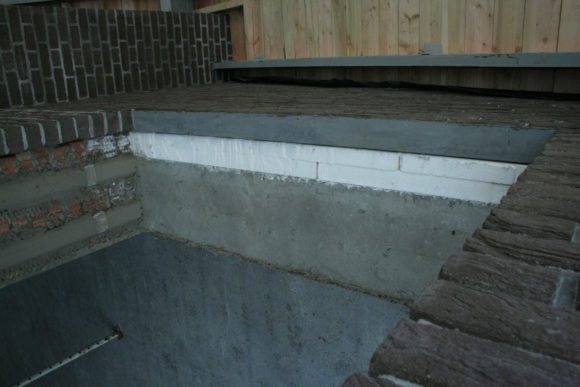
The material does not burn, does not support the flame and isolates it, preventing it from spreading. The absolute incombustibility of the material was verified in practice by an accident.: when a summer cottage insulated with ETIZ steamglass was burning, the fire could not spread beyond the walls (the source of fire, fortunately, was inside). One could come very close to the house in which the flames raged, and there was absolutely no sensation of heat outside. The house completely burned out from the inside in a few hours, and it was the ETIZ insulation that did not allow the fire to go beyond the walls and spread to the nearest buildings.
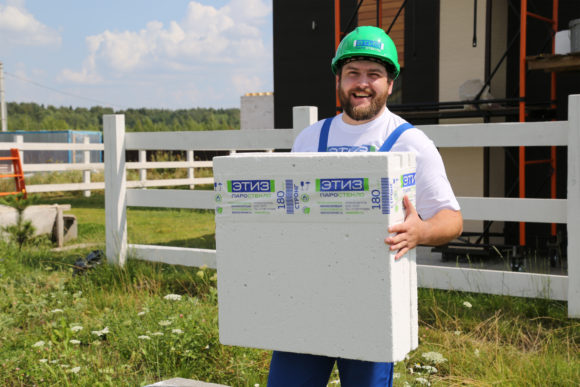
Steam glass is inert to oils, solvents, alkalis, has absolute water resistance, and its open-porous structure allows moisture to circulate naturally and does not allow decay and decomposition processes to begin.
Related videos
It is also worth noting the manufacturability of the use of material that is conveniently sawn, perfectly plastered, glued with polymer and inorganic mastics, while demonstrating high adhesion with any cement and adhesive solutions.
Due to the lower price compared to foam glass, the cost of thermal insulation can be significantly reduced - although use mineral wool, polystyrene foam or polyurethane foam for insulation still cheaper.
However, steamglass insulation provides reliability, absolute safety, environmental friendliness and durability of the structure. Tests and stress tests showed that steam glass has an unlimited service life: it does not break and does not deform for at least a hundred years. Perhaps longer - time will tell. So in the long run it will be cheaper to warm the house with steam glass than with materials with a short service life.
Just think - your children, grandchildren and even great-grandchildren will be able to live comfortably in the house you built and insulated.
At the moment, ETIZ steam glass looks like the most interesting and promising innovation in the domestic thermal insulation market. Now we have to wait until the Russians cease to be like a stingy who, having saved a penny, pays the ruble in the end, and begin to choose more expensive, but more reliable and durable materials for insulation.





Alas, no comments yet. Be the first!